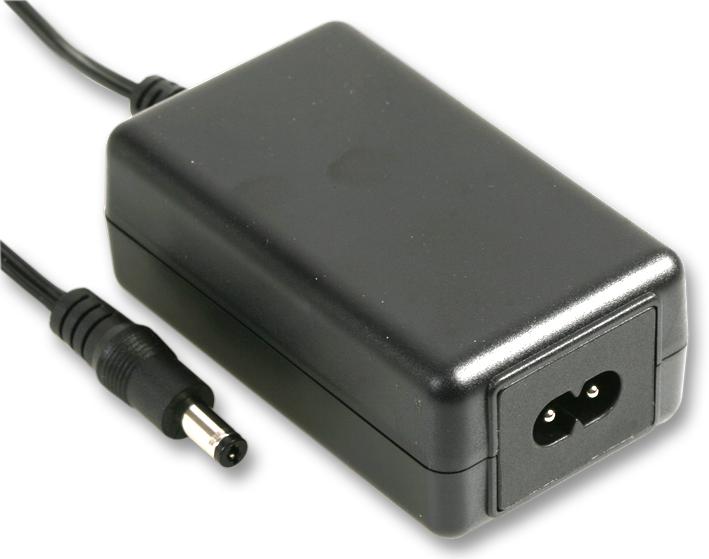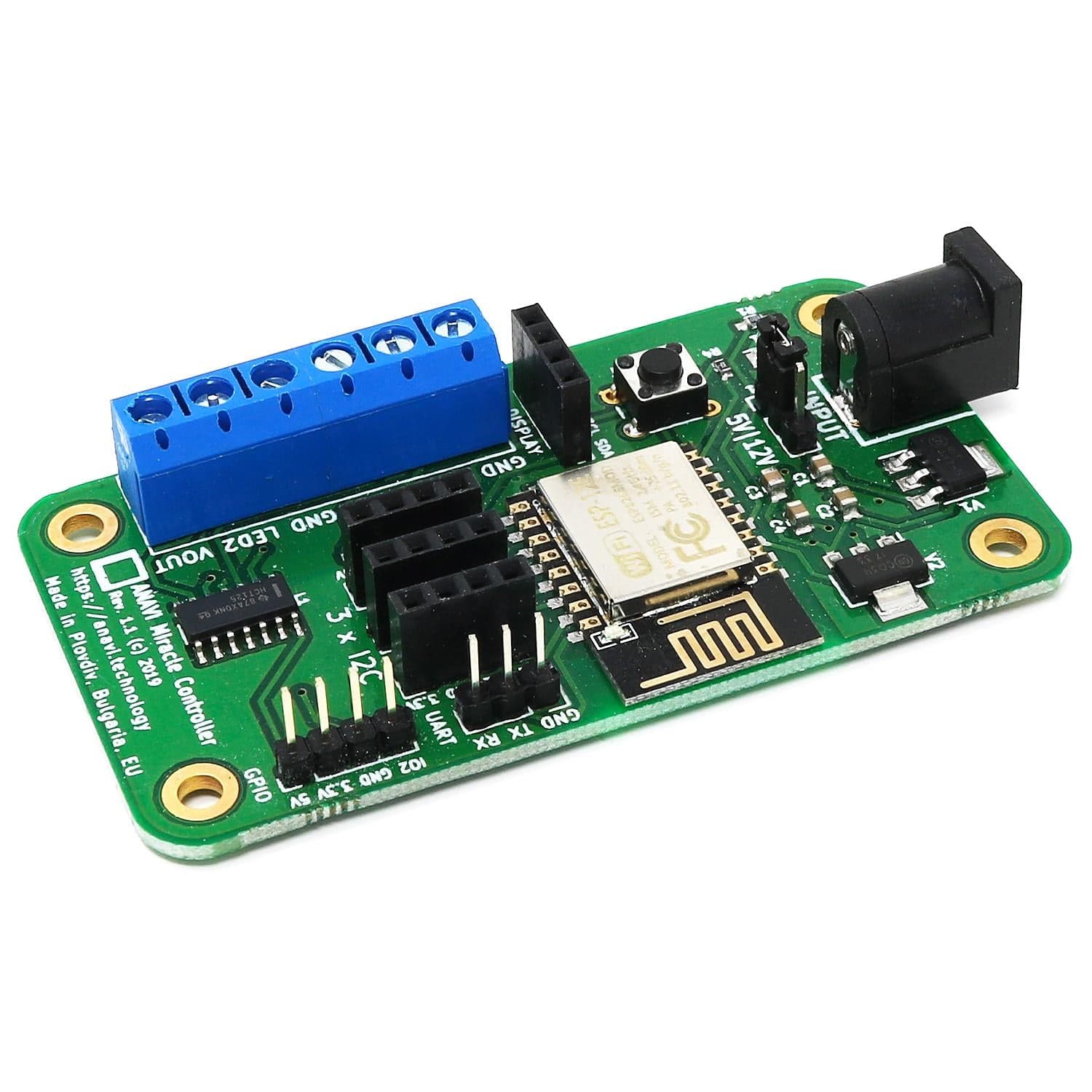
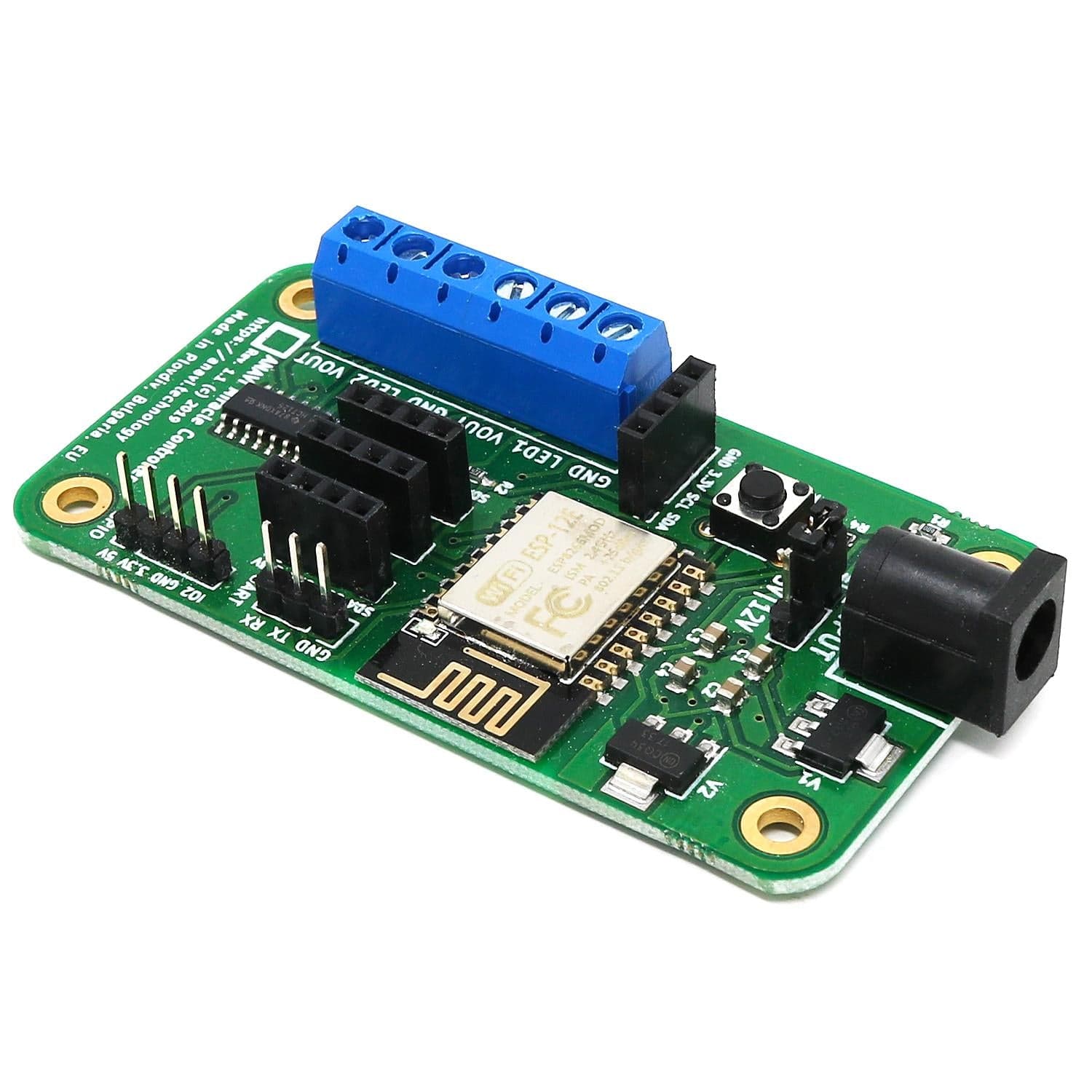
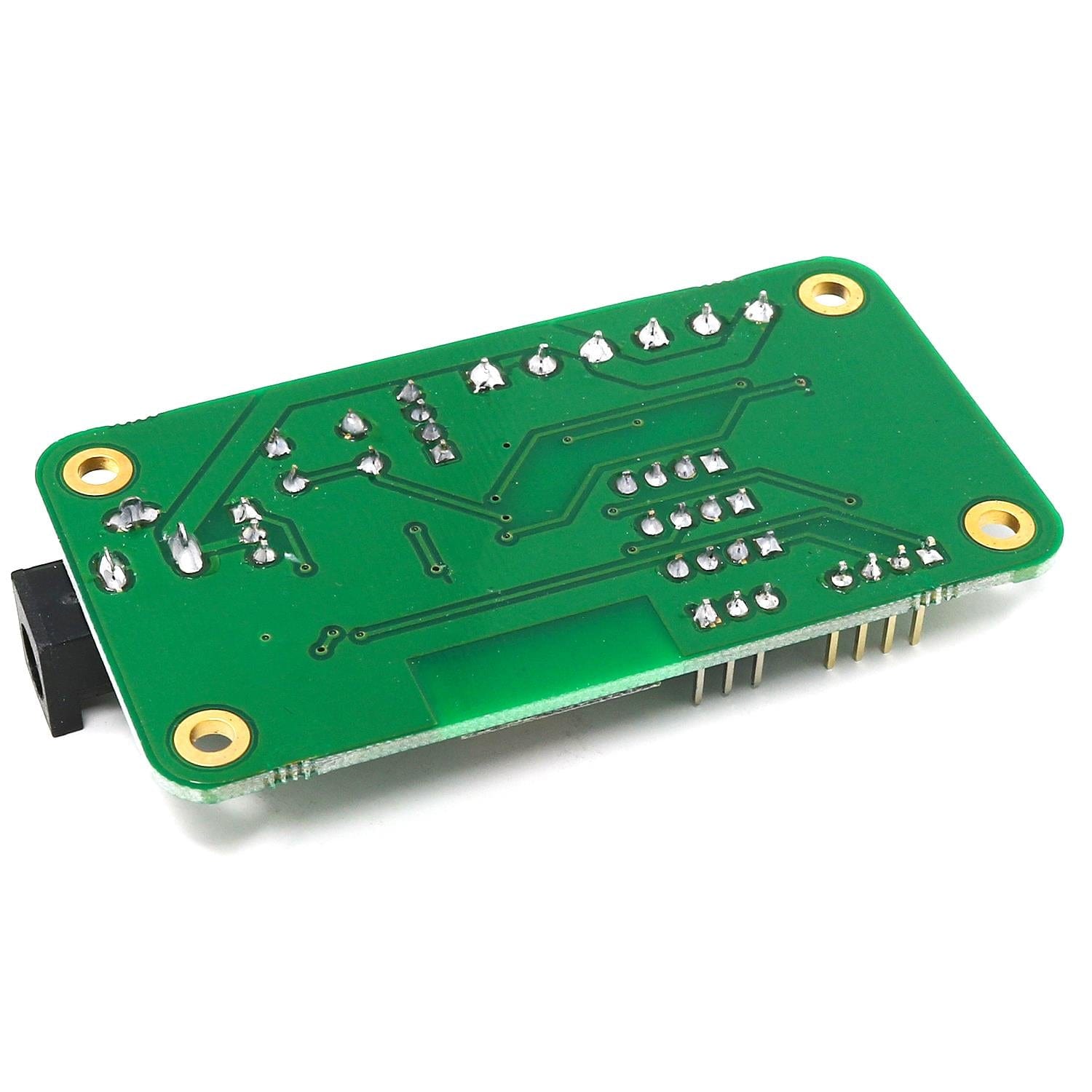
Login / Signup
Cart
Your cart is empty
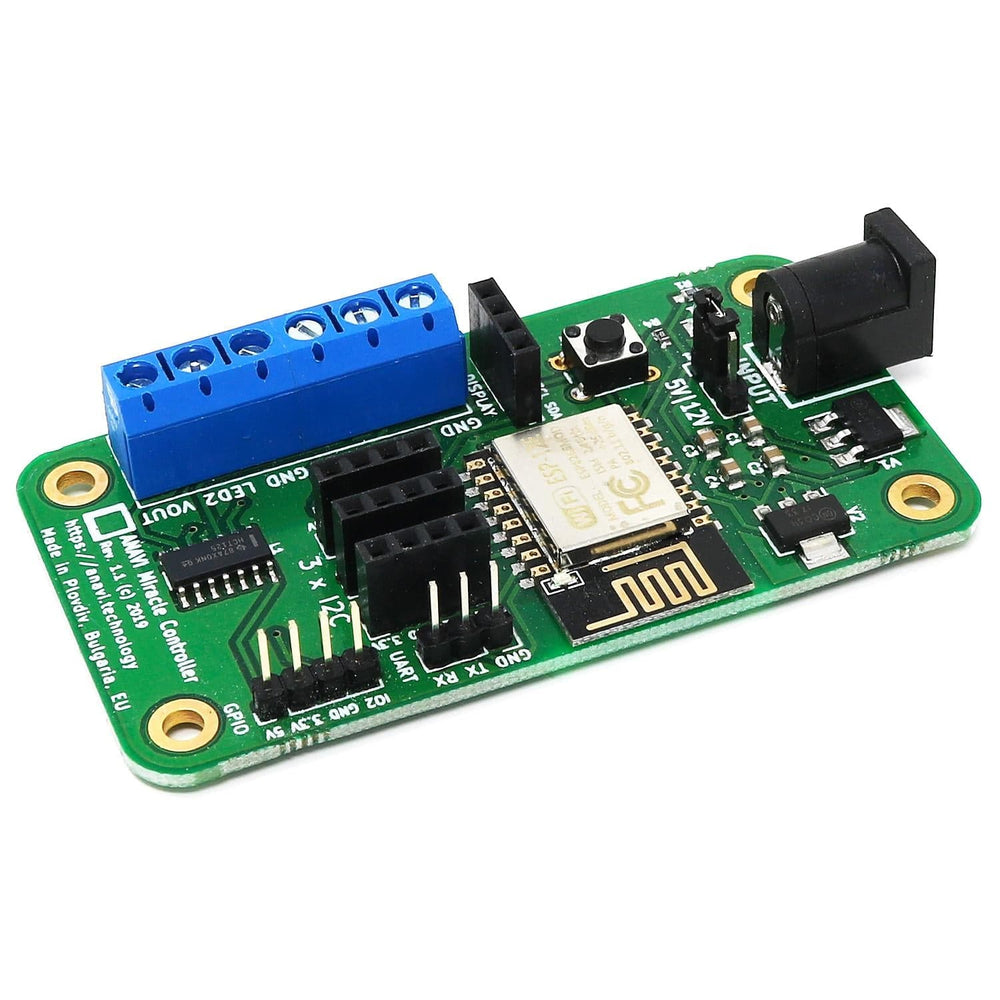
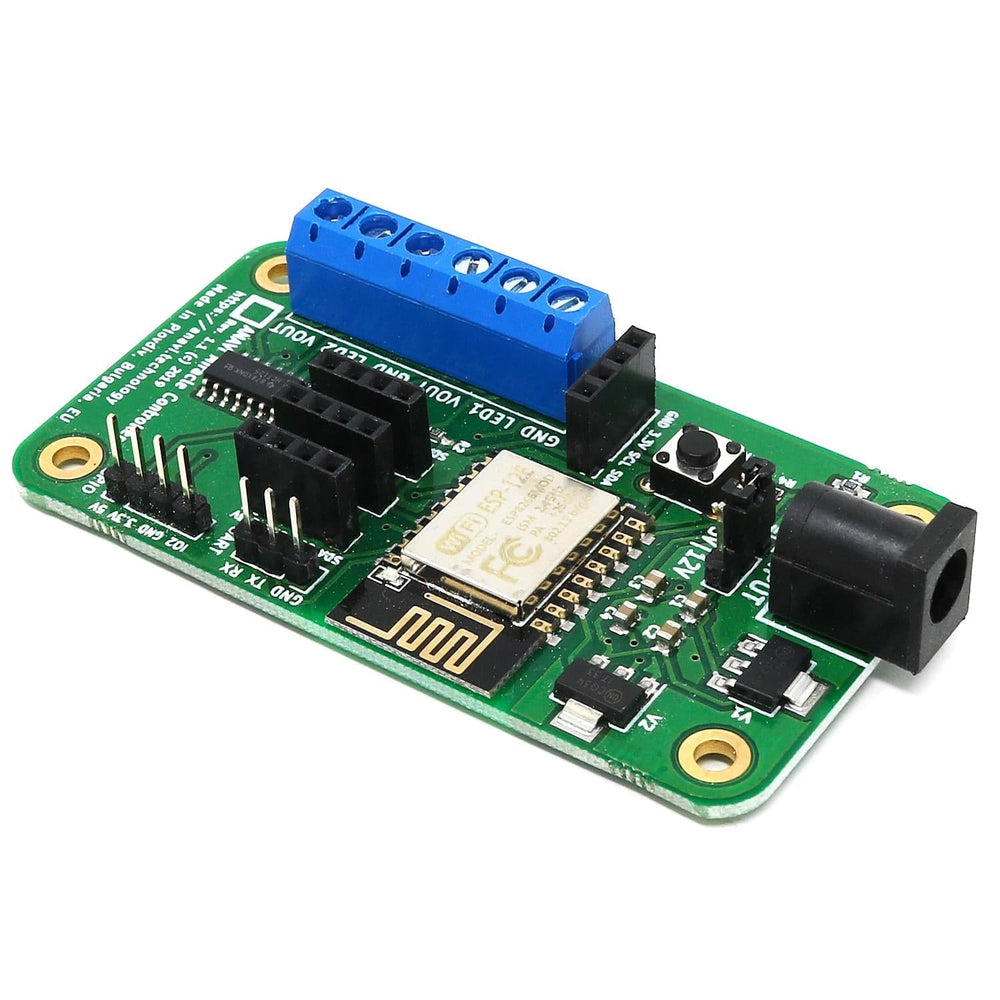
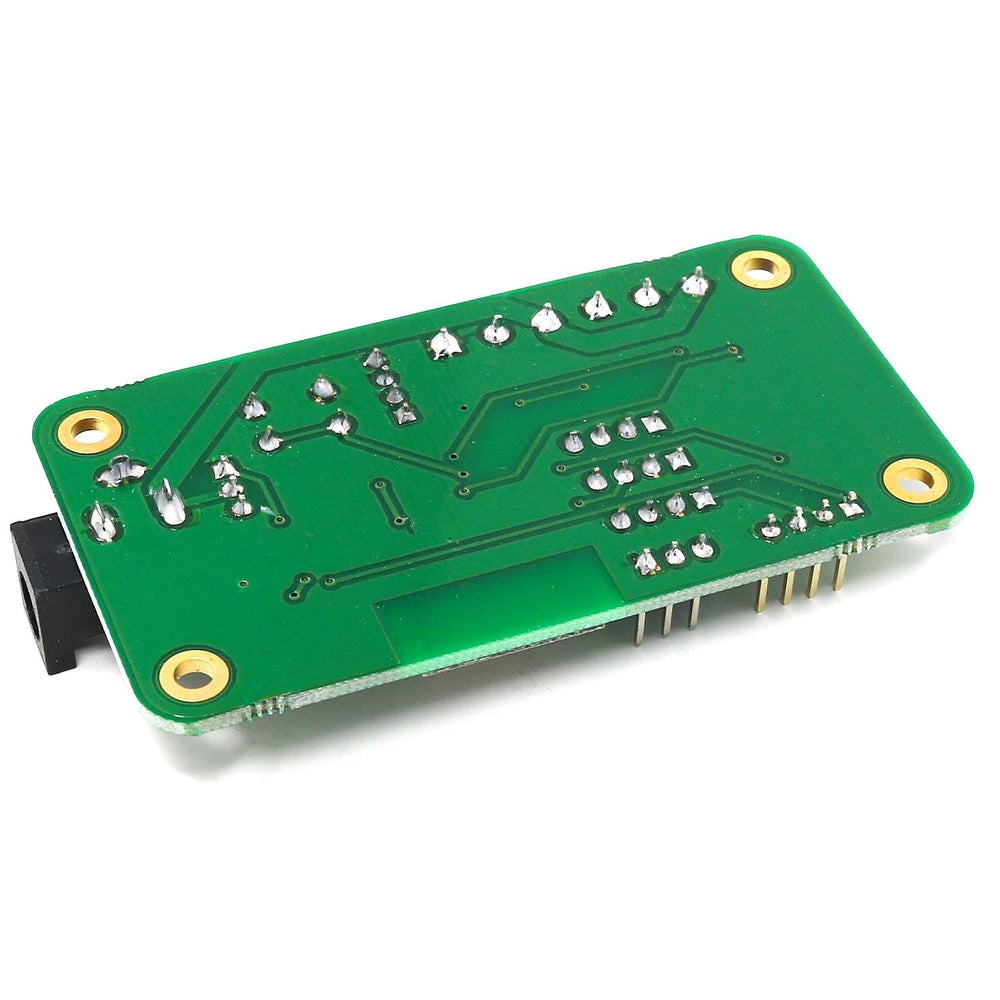
The Anavi Miracle Controller is a Wi-Fi development board powered by an ESP8266 and designed to control two 5V or 12V addressable LED strips simultaneously.
The controller supports popular LEDs including Neopixels, WS2811, WS2812B, TM1809 etc. All addressable LED strips currently supported by the popular FastLED Arduino library (with three wires) are supported by the board. To prevent spikes, a 300 to 500 Ohm choke resistor may be required at the data wire. Some LED strips already have this resistor built-in.
It also has a dedicated slot for a mini OLED I²C display and slots for up to three additional I²C sensor modules (not included). Furthermore, there are UART pins for easy flashing of custom software and an extra GPIO for connecting external peripherals.
The Miracle Controller is fully compliant with the Arduino IDE, PlatformIO, Home Assistant and OpenHAB via the lightweight messaging protocol MQTT. Developers can focus on the software by easily building and flashing their own versions of the source code. Tech-savvy users can easily integrate the Miracle Controller into their existing open-source home automation platforms.
Getting started is easy and no soldering is required. The board supports 5V or 12V input voltages. To turn on the board, set the pin to 5V or 12V and plug an appropriate power supply into the standard 2.1x5.5 mm DC barrel jack.
The Miracle Controller can also serve as a convenient development board for various home automation systems with addressable LED strips. It’s suitable for anyone passionate about the Internet of Things (IoT), coding and open-source.
Out of the box, Anavi Miracle Controller supports the following sensors and peripherals:
You can also attach any other I²C sensor modules, but you will have to take care of their software integration.
LED strips not included
The Anavi Miracle Controller is an entirely open source project that combines open-source hardware with free and open-source software. It has been certified by the Open Source Hardware Association under UID BG000050.
The free and open-source software tool KiCAD was used to design the board. Source code and schematics are available at GitHub. All units will be manufactured in Plovdiv, Bulgaria.




